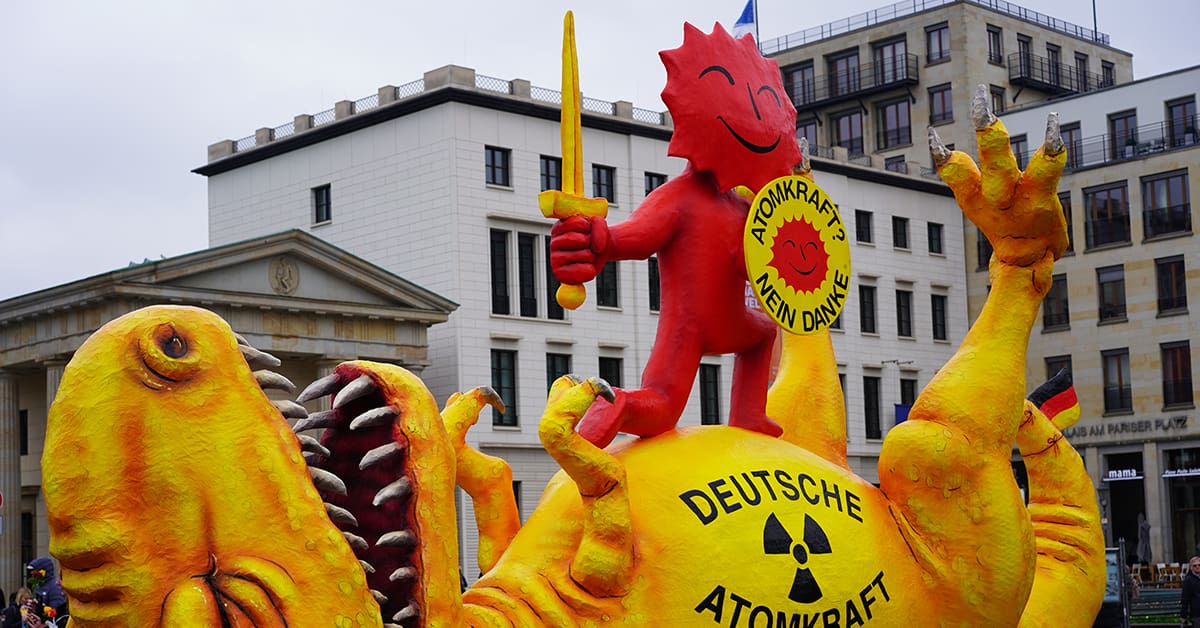Germany's closure of its last nuclear power facilities amid potential energy shortages and rising prices due to the end of gas and oil imports from Russia.

A decade ago, Germany ran 17 atomic reactors that contributed 25% of the country’s energy. On April 15, the last three operating plants were permanently shut down. The nuclear phase-out marks a historic and highly controversial shift in Germany’s energy policy. Amid potential shortages and rising prices due to the end of gas and oil imports from Russia, it also comes at the worst possible time.
In Germany, a nation considered a global leader in the fight against climate change, the decision angered many. Yet, the country’s love/hate relationship with nuclear saw several twists and turns over the years.
“Some of the opposition has its roots in the protest movements of the 1970’s, when people began to question the idea that economic wellbeing required ever-expanding resource and energy use,” says Carol Hager, director of the Center for Social Sciences at Bryn Mawr College and an expert on Germany’s energy debate. “Nuclear power also became associated with the tight relationship between industry and the state that shut ordinary citizens out of decision making.”
Following the oil crisis of 1974, however, Germans shifted their stance decisively in support of atomic energy: until 1986, that is.
“The Chernobyl accident turned them again strongly and permanently against nuclear power,” Hager says. “A 2022 shutdown date for all plants was negotiated by the Social Democratic and the Green Party government under Chancellor Gerhard Schröder in 2002. It was briefly walked back by the Merkel government, but in 2011 the Fukushima nuclear accident in Japan caused a new wave of protest and Merkel reversed her decision.” The three reactors that closed last month were kept online longer due to the energy crunch that struck after the war in Ukraine broke out.
By then, however, many Germans were no longer feeling comfortable with the outcome of a process that started over half a century ago. Polls conducted in recent months showed that only about a quarter of the population wanted to shut down the remaining power units now, with many more in favor of extending their operations by a few years or continuing to use nuclear electricity indefinitely.
“The carbon-neutrality goal can still be reached with an accelerated buildout of renewable energy technologies and a decarbonization of the transport sector,” Hager argues. “Nobody said it would be easy, but I believe there is consensus that it is possible.”



